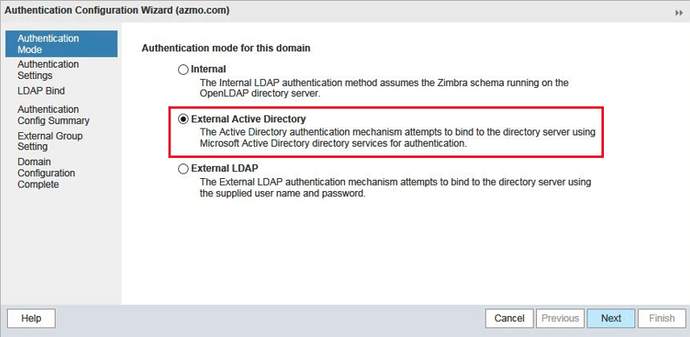Hello, So here is the complex setup I have on my end.
I have deployed 3 Servers(This is After learning a huge lesson), All public facing VPS that I use for my day to day operations.
One of the server, has collaborative programs,
Nethserver with Ldap, for Authentication. I hate many logins and password.
- I have an Installation of Sogo webmail, with Virtual hosts pointing at mail.domain.com
- I have also installation of rspamd for spams. Man I hate them a lot. which works well so far.
- I also have a setup of Fail2ban, which since installation has blocked over 30k login attempts… very surprising.
- in the same server I also have a configuration of Nextcloud, with onlyoffice. The nextcloud talk, which helps very much with video conferencing, as well as screen-sharing for our teams.
- I also use webtop5 some times, or see people in the office launch it in some instances, but mostly sogo is used.
webtop does not load well in mobile phones.
That wraps up Most of the features of the first server
2The second server.
This server is dedicated only and mainly for corporate mails.
In this case I Am using zimbra. Yes I did install Zimbra o top of Nethserver.
The reason why I used Zimbra on top of nethserver was so as to get rspamd as well as the fail2ban features. these work very well.
I had initially tried to configure sogo and webtop on the first server, so as to have sogo handle one domain, then webtop another domain. but this was not possible in the manner that I had wanted. So I had to engineer some solutions.
For some reasons, I couldn’t get the ssl feature to work well. Still trying the best well to install letsencrypt. If I am not able, ill just go for a commercial wildcard ssl. or something.
3The third server
This is the development server.
This I have setup Nethserver. And after the painstaking process we had in this forum here PHABRICATOR on NS
I could not let that effort go to waste.
I have deployed Phabricator as the code repository, as well for chat on development projects. It has a lot to offer, and I do like its features and functionalities so far.
On the same server, I have also deployed Bitbucket. Which has only one reason, or function.
We push Any C# and VB based projects, that have been developed in Windows visual studio, you know the main one. not code. to bitbucket, then have configured phabricator to observer those repositories.
The reason why this was done, is because. It is really painful to push code to pharbicator from visual studio 2017 etc. But pushing the same code to bitbucket. is just a plugin away.
As far as pushing code to phabricator is concerned using any other tool. It is fairly easy.
That is the setup I have on my server, as far as setting up a complex setup. Oh… this is all production setup.

